Evanston RoundTable, March 9, 2022
I find myself of late drawn to 1940 movies that portray American life as busy, well-ordered and prosperous, films like “The Bishop’s Wife” and “Miracle on 34th Street” and the “Thin Man” series, in which the most difficult decision of the day was what cocktail to mix before breakfast.
Of course it’s a mistake to take Hollywood fantasy for reality. But still, it’s a fantasy that might not have been far from true, even with all of the country’s inequities swept under the cinematic carpet.
Because the 20th was “The American Century,” and mid-century was the height of the nation’s might and security.
U.S. Gross Domestic Product in 1960 was $542 billion, more than a third of total world GDP. “The period from the end of World War II to the early 1970s was a golden era of economic growth,” says Wikipedia.
The cost of necessities was modest, even accounting for inflation. In 1957 a CTA bus or train ride was 25 cents. The average price for a house was $9,000; for a new car, $3,000. Gas was 23 cents a gallon. Postage stamps cost three cents. Education was cheap. In the mid-1960s I paid $97 a quarter at the University of Illinois. The City College of New York was free. (The Daily Northwestern reported March 3 that “NU’s cost of attendance now totals just over $87,000 per year.”)
Numbers tell only one part of the story; appearance tells another. My mother-in-law donned dress gloves to go to the store. At work, shopping, concerts, even sporting events, men mostly wore white cotton shirts, neckties or bow ties, wing tips or loafers, fedoras or homburgs; women wore swing or circle dresses, sheer or seamed hosiery, pumps or oxford shoes, collar or choker necklaces. Girdles, even. Sneakers were reserved for the tennis court.
“You’re the pants on a Roxy usher,” Cole Porter wrote in describing the extent of everyday sartorial elegance.
Post-war America was confident and fun. My brother-in-law, born in 1932, recalls something like 10 movie theaters within walking distance of his North Lawndale neighborhood. He and his buddies could see a newsreel, cartoons, comedy shorts, action series and two Hollywood movies – all for pocket change. That might include the latest episode of Buck Rogers or Flash Gordon as well as Laurel and Hardy, the Three Stooges and westerns like “Red River” and “Billy the Kid.”
The action series were typically 10 or 12 “chapters” shown on consecutive weeks. The episodes were known as cliff-hangers because they would end with the cowboy on his trusty steed retreating to a cliff to escape the bad guys. How would they make their escape? Come back next week to find out! Which of course they did.
For entertainment my brother-in-law and his pals would bring a bag of peas and sit in the theater balcony firing down with their shooters on the kids below. Sometimes when there was an overflow of kids, theater managers would jam them two to a seat.
“It was five hours of hilarity,” he recalled with a laugh.
From hilarity to sublimity, one headed to the stage shows at the Oriental, State-Lake, Chicago and other theaters around the city. There were vaudeville and comedy acts, marquee singers and the fabulous big bands. One could see Duke Ellington, Benny Goodman, Count Basie, Artie Shaw or Cab Calloway. There was Bing Crosby, Frank Sinatra, Dinah Shore, Andy Williams, Sammy Davis Jr. or the Mills Brothers. There was Bob Hope and Jack Benny, the Marx Brothers or Dean Martin and Jerry Lewis.
All this for four bits or less! According to the History of The Chicago Theater, “A 50-piece orchestra performed in the pit and Jesse Crawford played the mighty Wurlitzer pipe organ. After a ‘white glove inspection,’ a staff of 125 ushers welcomed guests who paid 25 cents until 1 p.m., 35 cents in the afternoon and 50 cents after 6 p.m.”
I was born in 1945 and grew up near New York City, the nation’s capital of commerce, journalism and entertainment. On any given night one could see Coltrane, Bird, Miles, Dizzy, Monk, Mingus, Dylan, the Weavers, Joan Baez, Judy Collins or Peter, Paul and Mary, to name just a few of the dazzling artists. Same with Broadway musicals, perhaps the greatest expression of music, dance, costumes and acting ever conceived, all playing eight shows a week within a few blocks of each other along “The Great White Way.”
On weekends my friends and I would hang out on our bikes or grab a bite at one of our respective homes. No one locked their doors; we came and went without a key, without parents fluttering over us like hens.
RoundTable contributor Charles Wilkinson, born in 1935, remembers a post-war nation that was “more tightly bound. There was a feeling of unity and togetherness. We made common cause to defeat Hitler and the Japanese. We were gold.”
The renowned Evanston author Joseph Epstein was born in 1937 and grew up in Rogers Park. He says his was “a very fortunate generation.” World War II was the last war in which the nation was united in its support. Because of the draft, every family had or knew someone in the military.
Disparities of wealth weren’t as obvious. Families were much stronger than today. Divorce was rare. “Cousins’ clubs” and family get-togethers were often the core of social life.
Honor, courage and decency were the unironic watchwords of the day.
It was assumed as a matter of course that children would do better than their parents. “I’m a successful salesman, my son will own the business,” Epstein framed the expectation.
Life was stable and steady. Crime was not a big concern. There was a respect for and trust in institutions such as religion, government and the press that is long gone.
“It was the most extraordinary good luck having been born at that time,” Epstein said.
In many respects we’re far better off today, of course. Medical progress has been astonishing. Deaths from heart disease have shrunk more than 70% since 1950. GPS navigation, online video and audio clips, smart phones with instant access to all the world’s information would seem miraculous to our grandparents.
Still, they probably wouldn’t want to trade places with us. Maybe it’s mere nostalgia that clouds my memory and thinking, that applies the sepia brush of longing for “the good old days.” But it seems fair to say the American Century was the height of the nation’s greatness – an astonishing time to come of age.
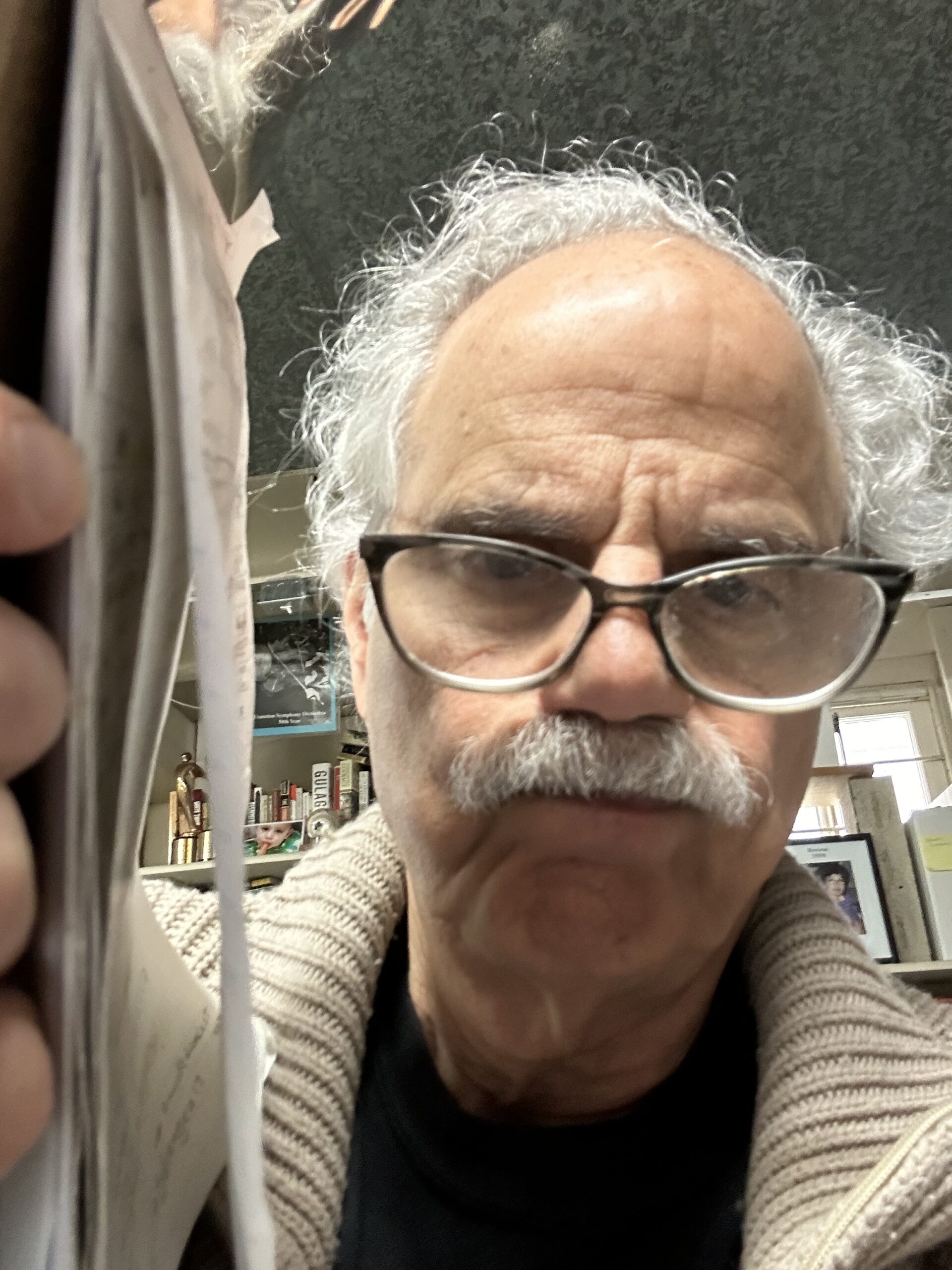
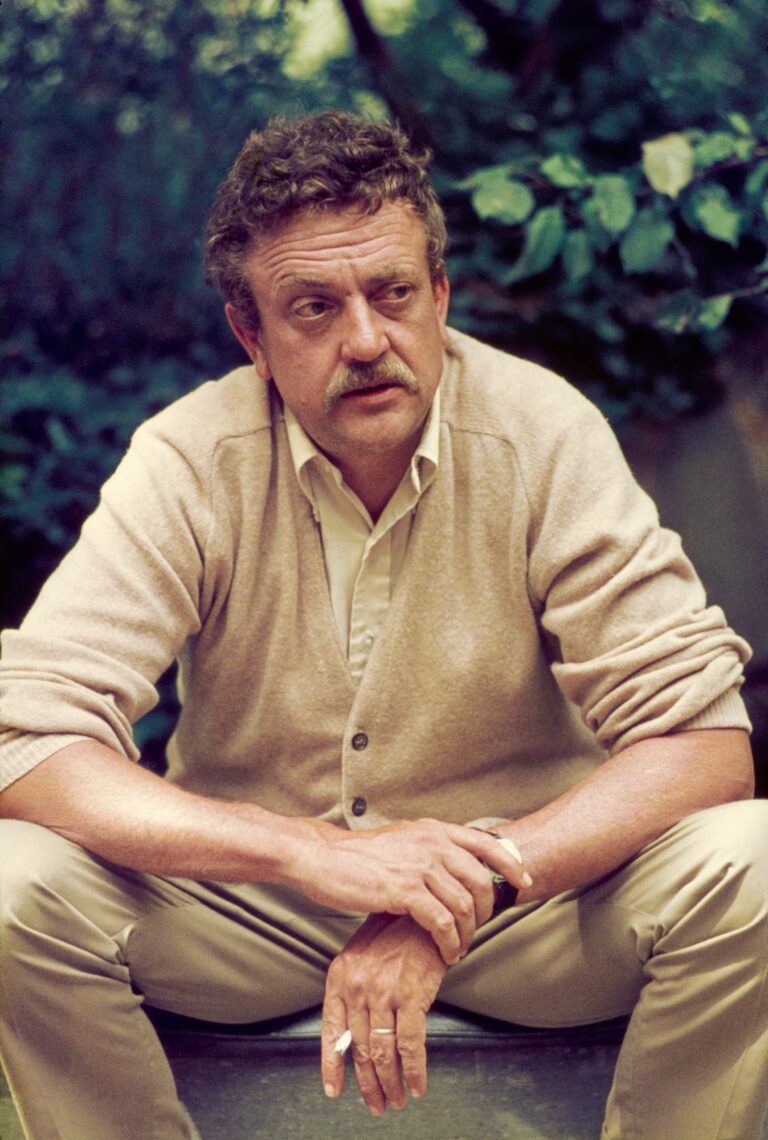
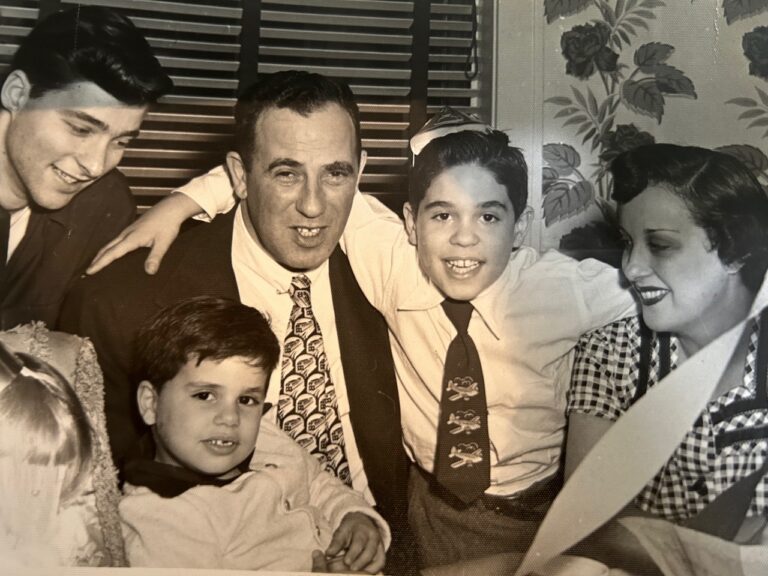
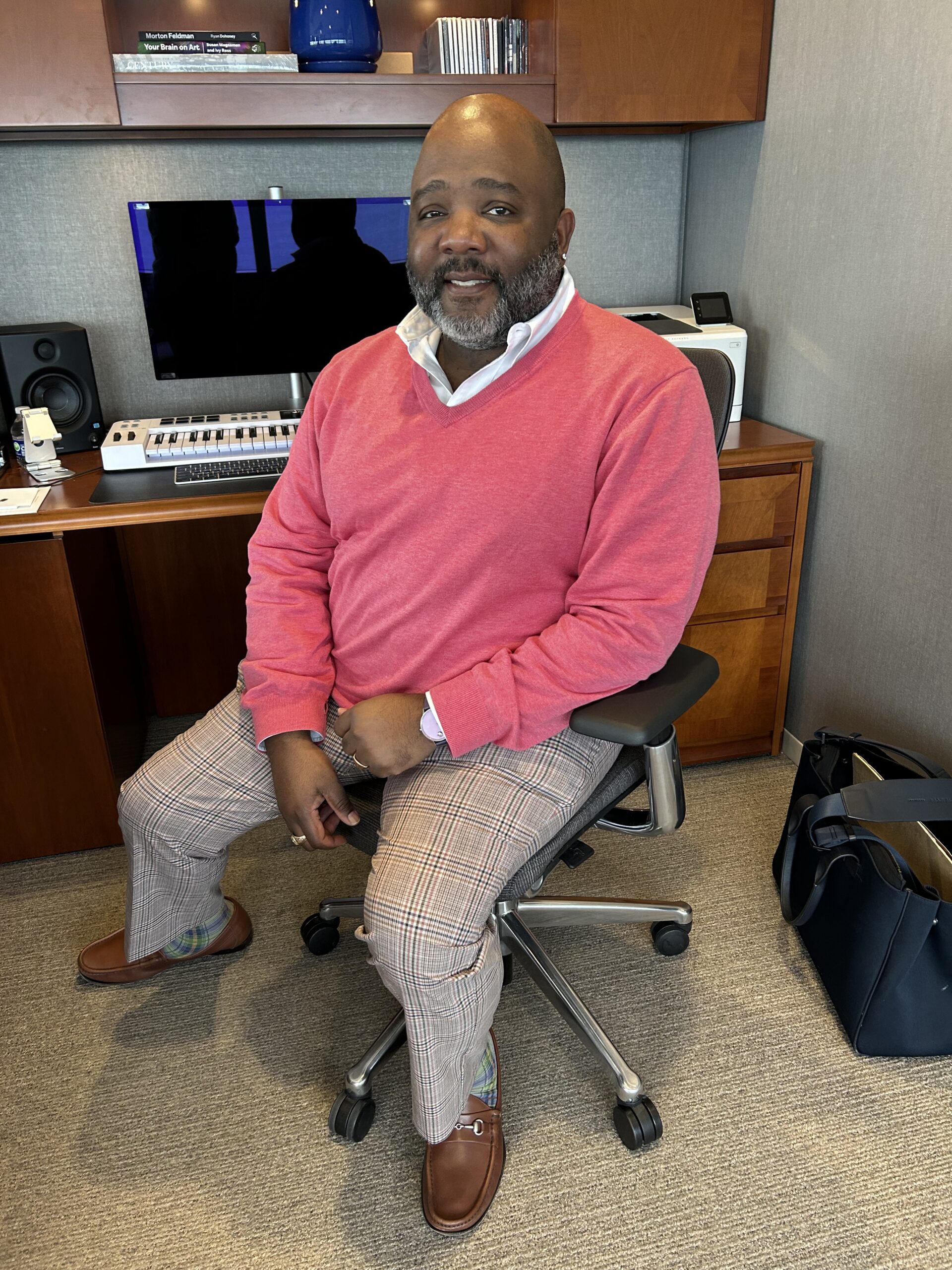
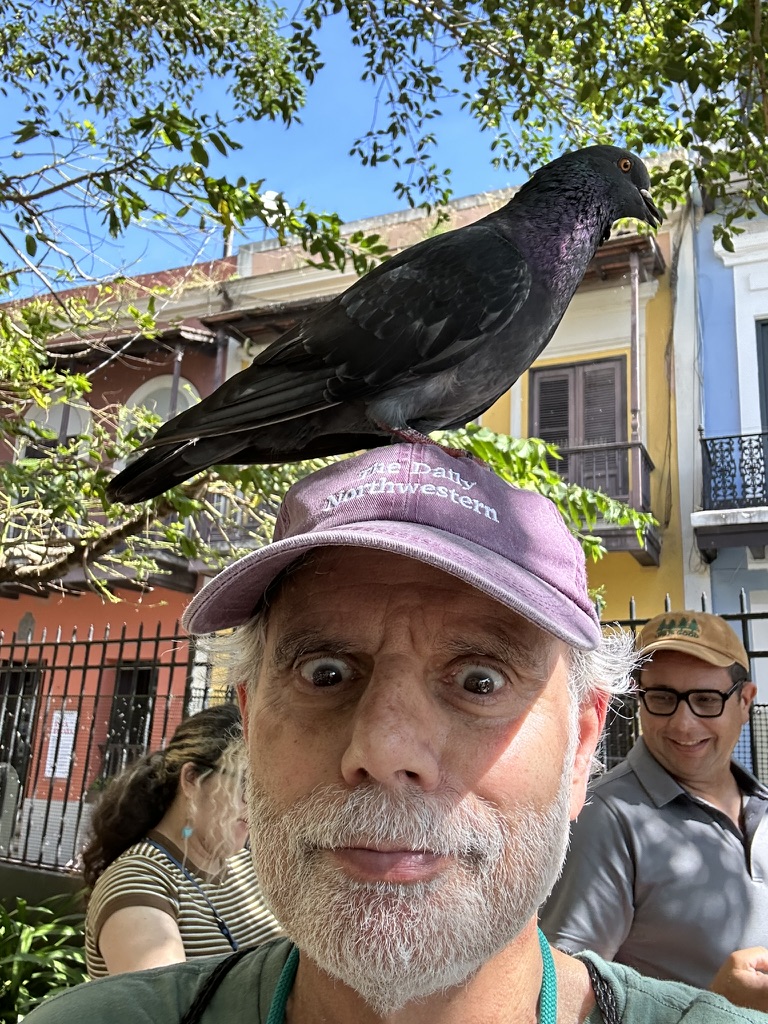
So well described and written Lester. Touched
me. Things seem so unraveled, unfair and
dangerous today. So important to maintain and
nourish friendships to navigate life these days.
If it’s nostalgia, count me in. But I sincerely love Neil’s approach to today’s problems. So I suppose I ought to be counted in twice!